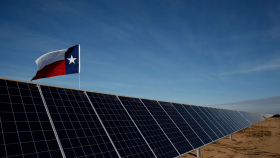A June 20 study suggests that a link exists between increasing solar installations and decreased grid electricity use.
Since 2009, electricity consumption in Australia’s eastern states has dropped by 3.2 percent. An analysis from by the Renewable Energy Certificate Agents Association (RAA) claims that over half of that reduction is due to PV solar panels and solar thermal water heating systems, as well as energy efficiency initiatives developed by state governments.
The rest is likely thanks to lower energy demand from manufacturing industries and milder weather.
According to the RAA, 20 percent of Australian households now have a solar electric or solar hot water system, and this number will only increase. The RAA predicts that by 2015, the amount of energy being drawn from the grid will fall by another 5 percent.
The report also notes that wholesale electricity prices have been in decline, but that consumers have faced rising energy prices because of infrastructure and other network costs.
“It is the cost of transporting the electricity through monopoly network businesses that is out of control. The cost of actually producing the electricity is falling,” said Ric Brazzale, RAA President.
“Rising residential power prices have been caused by massive network investment (poles and wires) which has been passed on to consumers through higher charges.”
The study has been welcomed by supporters of schemes that incentivize going solar, who have cited this study as but another sign that government incentives do lower energy prices.





